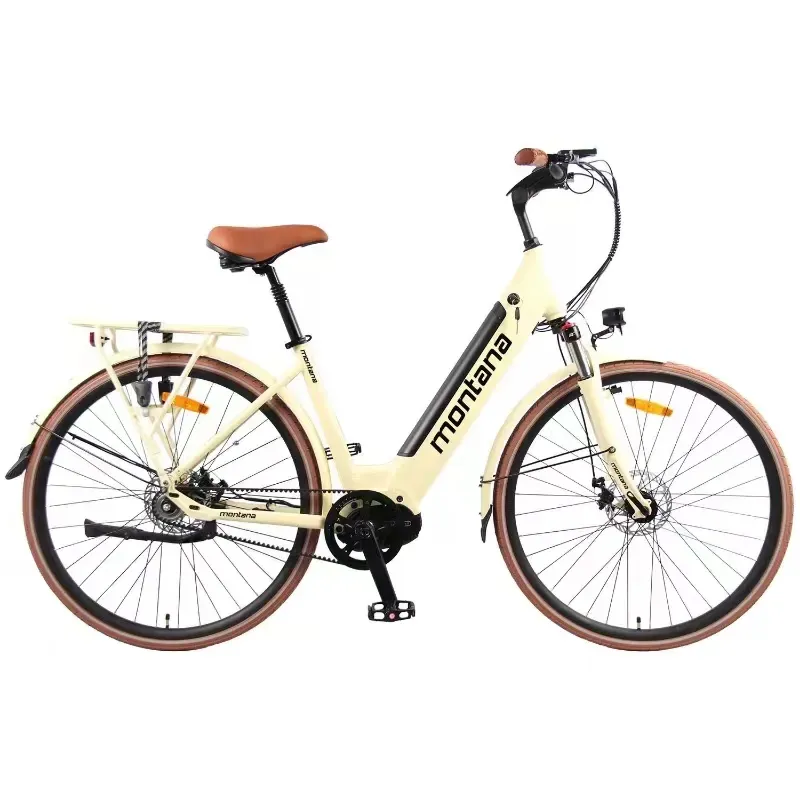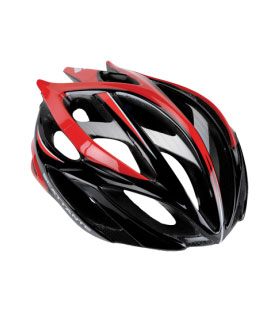
- Afrikaans
- Albanian
- Amharic
- Arabic
- Armenian
- Azerbaijani
- Basque
- Belarusian
- Bengali
- Bosnian
- Bulgarian
- Catalan
- Cebuano
- Corsican
- Croatian
- Czech
- Danish
- Dutch
- English
- Esperanto
- Estonian
- Finnish
- French
- Frisian
- Galician
- Georgian
- German
- Greek
- Gujarati
- Haitian Creole
- hausa
- hawaiian
- Hebrew
- Hindi
- Miao
- Hungarian
- Icelandic
- igbo
- Indonesian
- irish
- Italian
- Japanese
- Javanese
- Kannada
- kazakh
- Khmer
- Rwandese
- Korean
- Kurdish
- Kyrgyz
- Lao
- Latin
- Latvian
- Lithuanian
- Luxembourgish
- Macedonian
- Malgashi
- Malay
- Malayalam
- Maltese
- Maori
- Marathi
- Mongolian
- Myanmar
- Nepali
- Norwegian
- Norwegian
- Occitan
- Pashto
- Persian
- Polish
- Portuguese
- Punjabi
- Romanian
- Russian
- Samoan
- Scottish Gaelic
- Serbian
- Sesotho
- Shona
- Sindhi
- Sinhala
- Slovak
- Slovenian
- Somali
- Spanish
- Sundanese
- Swahili
- Swedish
- Tagalog
- Tajik
- Tamil
- Tatar
- Telugu
- Thai
- Turkish
- Turkmen
- Ukrainian
- Urdu
- Uighur
- Uzbek
- Vietnamese
- Welsh
- Bantu
- Yiddish
- Yoruba
- Zulu
Feb . 16, 2025 13:17 Back to list
kinds of mountain bike
Mountain biking is an exhilarating sport that has gained immense popularity worldwide. It combines thrilling adventure with rigorous physical activity, appealing to both beginners and seasoned riders. Understanding the various types of mountain bikes is crucial for selecting the right equipment suitable for different terrains and riding styles. This guide delves into the distinct categories of mountain bikes, providing insights rooted in experience, expertise, authoritativeness, and trustworthiness.
Designed for more aggressive riding, enduro or all-mountain bikes are built to handle challenging trails with steep descents. These bikes feature robust frames and increased suspension travel, often between 150 to 180 millimeters, offering resilience against rough terrains and high-speed performance. The development of enduro bikes stands as an authoritative indicator of the growing demands of adventurous riders. They are suitable for those who partake in enduro racing or ride in mountainous areas where descents and rugged trails characterize the experience. These bikes balance uphill efficiency with downhill prowess, making them a trusted choice for thrill-seekers aiming to push their limits. Downhill Mountain Bikes Specifically engineered for descending steep trails at high speeds, downhill bikes are a specialized category within the mountain biking sphere. They feature heavy-duty frames and extensive suspension travel, typically exceeding 200 millimeters, to absorb large impacts and offer superior stability. The credibility of downhill bikes lies in their ability to withstand the rigors of gravity-fueled riding, equipped with powerful disc brakes and geometry that enhances control and handling at high speeds. Riders who thrive on the adrenaline rush of descending challenging slopes and technical courses will find downhill bikes indispensable. Their design reflects an in-depth understanding of the sport's demands, ensuring authority and trust in every ride. Fat Bikes Fat bikes present a unique solution for biking on soft and unstable surfaces like snow or sand. Characterized by their oversized tires, usually 3.7 inches or wider, fat bikes offer increased grip and flotation in environments where traditional mountain bikes may falter. The expertise underlying fat bike construction ensures that they provide a stable ride in less favorable conditions, making them an authoritative choice for riders who enjoy exploring trails all year round, regardless of weather. Their trustworthy design accommodates both novice and experienced riders seeking new adventures beyond conventional trails. Each type of mountain bike serves a distinct purpose, catering to varying riding needs and preferences. Making an informed choice requires understanding the specific features and capabilities of each category, grounded in personal experience and detailed knowledge of mountain biking dynamics. With the right bike, riders can enhance their performance, enjoy remarkable adventures, and enrich their connection to nature through one of the most exciting and rewarding outdoor sports.


Designed for more aggressive riding, enduro or all-mountain bikes are built to handle challenging trails with steep descents. These bikes feature robust frames and increased suspension travel, often between 150 to 180 millimeters, offering resilience against rough terrains and high-speed performance. The development of enduro bikes stands as an authoritative indicator of the growing demands of adventurous riders. They are suitable for those who partake in enduro racing or ride in mountainous areas where descents and rugged trails characterize the experience. These bikes balance uphill efficiency with downhill prowess, making them a trusted choice for thrill-seekers aiming to push their limits. Downhill Mountain Bikes Specifically engineered for descending steep trails at high speeds, downhill bikes are a specialized category within the mountain biking sphere. They feature heavy-duty frames and extensive suspension travel, typically exceeding 200 millimeters, to absorb large impacts and offer superior stability. The credibility of downhill bikes lies in their ability to withstand the rigors of gravity-fueled riding, equipped with powerful disc brakes and geometry that enhances control and handling at high speeds. Riders who thrive on the adrenaline rush of descending challenging slopes and technical courses will find downhill bikes indispensable. Their design reflects an in-depth understanding of the sport's demands, ensuring authority and trust in every ride. Fat Bikes Fat bikes present a unique solution for biking on soft and unstable surfaces like snow or sand. Characterized by their oversized tires, usually 3.7 inches or wider, fat bikes offer increased grip and flotation in environments where traditional mountain bikes may falter. The expertise underlying fat bike construction ensures that they provide a stable ride in less favorable conditions, making them an authoritative choice for riders who enjoy exploring trails all year round, regardless of weather. Their trustworthy design accommodates both novice and experienced riders seeking new adventures beyond conventional trails. Each type of mountain bike serves a distinct purpose, catering to varying riding needs and preferences. Making an informed choice requires understanding the specific features and capabilities of each category, grounded in personal experience and detailed knowledge of mountain biking dynamics. With the right bike, riders can enhance their performance, enjoy remarkable adventures, and enrich their connection to nature through one of the most exciting and rewarding outdoor sports.
Next:
Latest news
-
The Ultimate Kids' Four-Wheeler Experience
NewsJul.09,2025
-
The Ultimate Guide to Mountain Bikes: Gear Up for Your Ride
NewsJul.09,2025
-
The New Age of Cycling: Electric Bikes for Every Rider
NewsJul.09,2025
-
The Best Kids Bicycles: Ride in Style and Safety
NewsJul.09,2025
-
The Best 3-Wheel Scooters for Kids: Fun, Safety, and Adventure
NewsJul.09,2025
-
Revolutionize Your Ride: Affordable Electric Bikes
NewsJul.09,2025
-
Finding the Perfect Mountain Bike for Every Rider
NewsJul.09,2025



